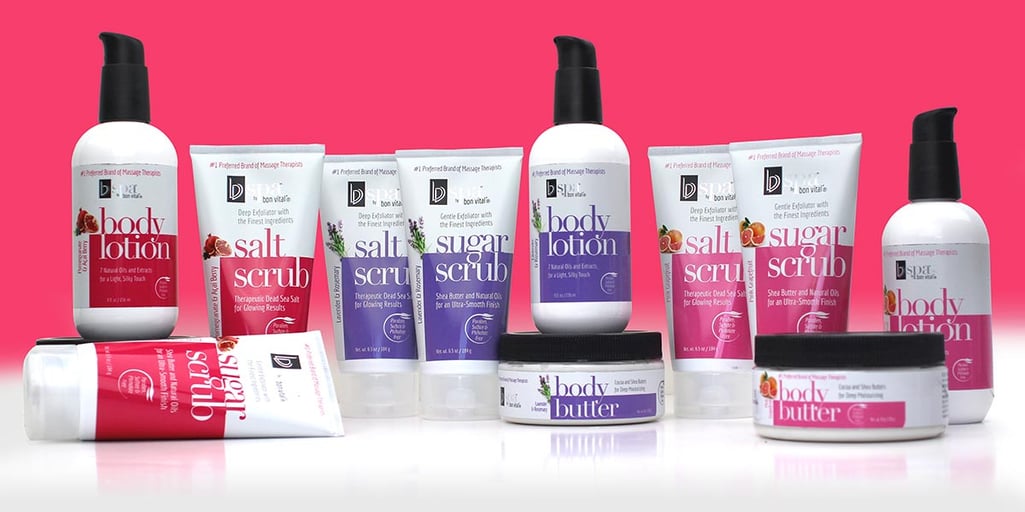Before you think about manufacturing a product and creating a retail package, qualifying that there is consumer interest in your product should be tackled first.
Read MoreBefore you think about manufacturing a product and creating a retail package, qualifying that there is consumer interest in your product should be tackled first.
Read MoreTopics: Packaging Design, Product Development
Your product label may be the first impression your brand makes on potential customers and a powerful marketing tool. While labels are primarily used to offer information on the origin, hazards, shelf-life, and use of a particular product, they can also be used for advertising, anti-counterfeiting, brand authentication, traceability, and theft reduction.
Read MoreTopics: Packaging Design
You can’t create a great package if you don’t know how design works. And you can’t create a great package if you don’t know how packaging affects your consumer. There are 3 key responses that a package design need to get to achieve retail success: visual, rational and emotional.
Read MoreTopics: Branding, Packaging Design
We've had a number of calls lately from companies in the marijuana industry now blossoming in the Colorado, Washington and California areas. One thing that strikes me are many of these people just opening their doors and expecting customers. That may be true to start, but what's going to make them come back OR even be aware of you in the first place? Competition will grow as happens with every business and few will establish a brand that dominates, a brand value coveted by all.
Read MoreTopics: Branding, Marketing, Packaging Design
A company's brand needs to establish a lasting connection with consumers and differentiate their products from competitors' offerings. Unfortunately, many companies don't realize the value of branding and are unsure of how they can make their branding work for them, or even how to build a brand. By following these few branding tips, a you can take your brand from boring to brilliant.
Visual consistency is key to building and maintaining a strong brand. Coca Cola has used the same red and script logo for decades. All it takes is seeing a small portion of one letter against a field of red to bring the brand to mind. Having that level of recognition takes a consistant effort over a long period of time. When done correctly customers will associate your logo with the impression you have consistantly pushed out through all marketing efforts.
Read MoreTopics: Branding, Packaging Design, Design

Product appearance can be the the biggest sales converter of all marketing influencers. Apple has built it's brand appeal and demand on it's product appearance. So much so that people pre-order products months ahead of release. Another brand that hangs it's success on visual appearance is Method. Investing in unique custom bottle, the product package, broke with traditional new product launch accounting. The package was the branding hook. For Apple and Method, product design was the brand elevator and continues to be at the forefront of their business strategy.
Read MoreTopics: Branding, Packaging Design, Design
In the first story, Henry Ford famously said that no bit of research or consumer testing would have led him to car production. “If I had asked people what they wanted, they would have said faster horses.”
That may have been true, but Henry Ford wasn’t in the buggy business or even the transportation business. He was a machinist and worked on his family farm. His goal was not to build the first car or enhance transportation; it was to improve car production. Ford neither invented the car nor the assembly line; instead, he improved them so middle America could afford automobiles. He was all about improving efficiency because he knew, from market research, that most Americans didn’t have cars because they were too expensive. His job was to build a car cheap enough for America to buy, not build a faster buggy.
Read MoreTopics: Marketing, Packaging Design
Catalpha Advertising & Design, Inc.
9727 Greenside Drive Suite 203. Cockeysville, Maryland 21030
888-337-0066 • (410) 337-0066